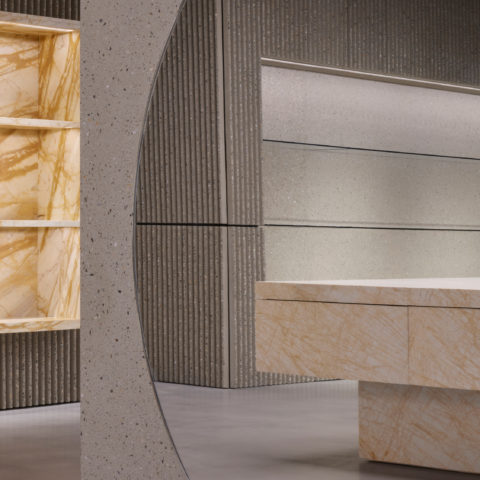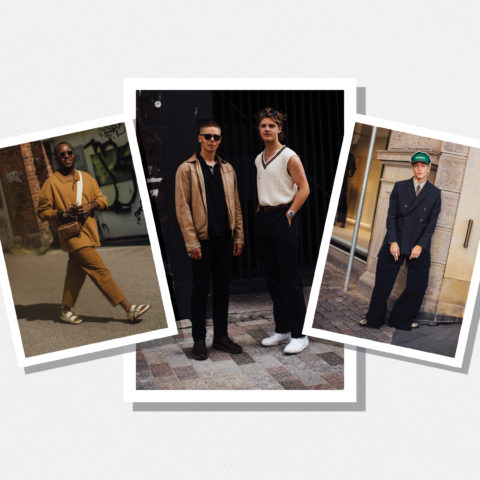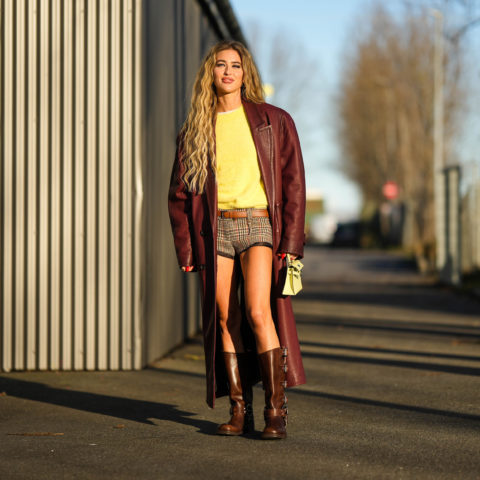They said/We said: A new study reports that women spend more on beauty during recessions
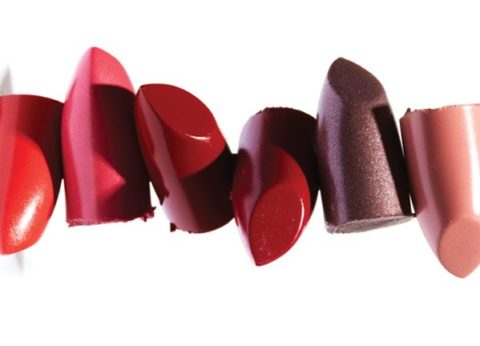
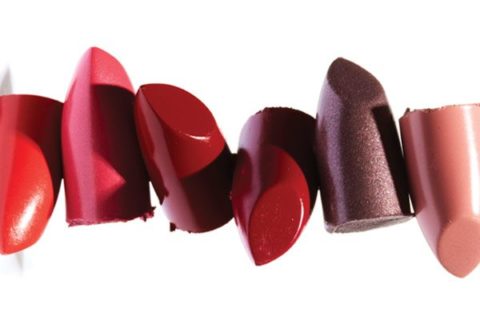
It should come as no surprise that during financial downturns, people tend to tighten their purse strings. What is surprising, however, is a spending phenomenon called the “lipstick effect,” which is a cute way of describing how women surprisingly spend more on beauty products during recessions. For example, did you know that L’Oréal was one of the few companies to experience growth in 2008? When all other sectors were approaching rock bottom, the beauty market was actually thriving.
Up until this point, most speculated that women were opting for beauty buys because they’re cheaper ways of splurging. However, a recently released study seems to have scientifically debunked this notion. According to the study’s findings, when it comes down to it women are less “recessionistas” than they are “recession mate hunters,” at least on a subconscious level.
Essentially, the scientists found that in keeping with ancient times (when finding a mate was of paramount importance, especially during environmentally taxing periods) the modern-day hunt for a mate is put into subconscious overdrive when the economy takes a nosedive.
In other words, as the number of gainfully employed men dwindles, women are drawn to beauty products to up their physical attractiveness, making them more viable competitors for those few eligible bachelors. This trend even extends to advertising: slogans that hinted at a “catch-a-mate” function fared better than those that were more neutral.
Though this sounds a bit (a lot) like gold-digging, apparently, it’s not — according to the study, the women’s own resource needs (i.e. money in the bank) didn’t play a part in their draw to beauty products. In fact, the lipstick trend seems to just be a byproduct of an adaptive evolutionary tactic that’s been around for years: the most desirable females were often the most beautiful, while the most sought-after men were usually well-equipped to provide for their mate and offspring.
Sexist? Well, unintentionally, yes it is a bit sexist. But it’s food for thought: are evolutionary tactics still permeating our modern-day existence? Or did the researchers fail to take into account other factors, like the cross-gender effect of a little retail therapy during bad times? Also, how many women can rely solely on beauty products to enhance their appearance? What about gym memberships, cosmetic surgery, and the like — do women spend more on them during recessions as well?
THEY SAID…
Eric Horow, psychology research blogger: “One interesting question that remains is whether the female response would be different if the cultural circumstances were different. What if there’s a gun shortage in a country rife with violence? Would the same kind of lipstick effect emerge?” [Peer-Reviewed By My Neurons]
Megan Pechin, marketing, Cirque du Soleil: “Glad I can use the economy as my excuse.” [Twitter]
WE SAID…
Sarah Daniel, beauty editor: “The lipstick index is so new millennium. It’s all about the nail polish index, friends. (Have you visited Nail Corner yet?) Regardless of what beauty product we’re talking about, I find it hard to believe that there is such a specific (and sexist!) anthropological explanation for why women buy this stuff during a recession.”

